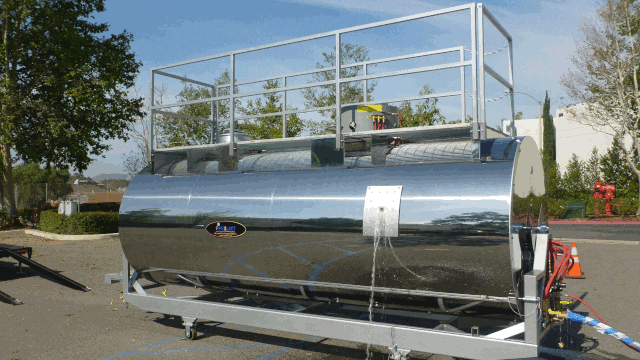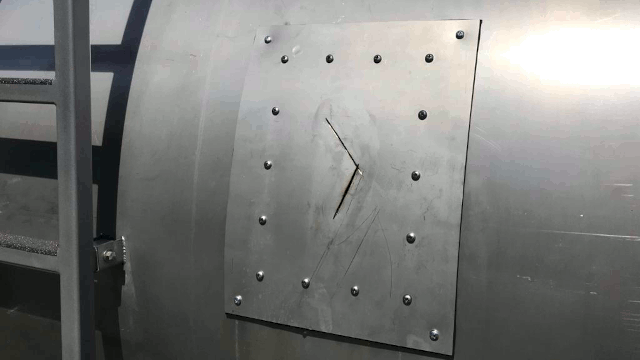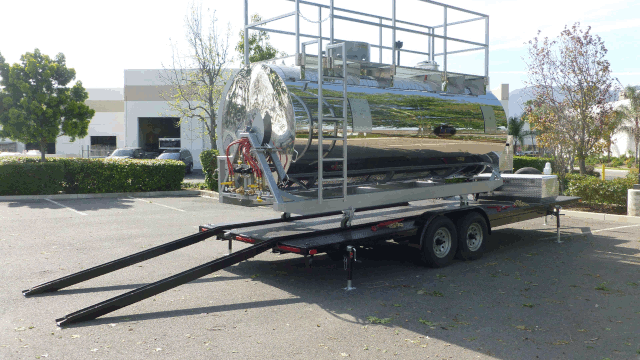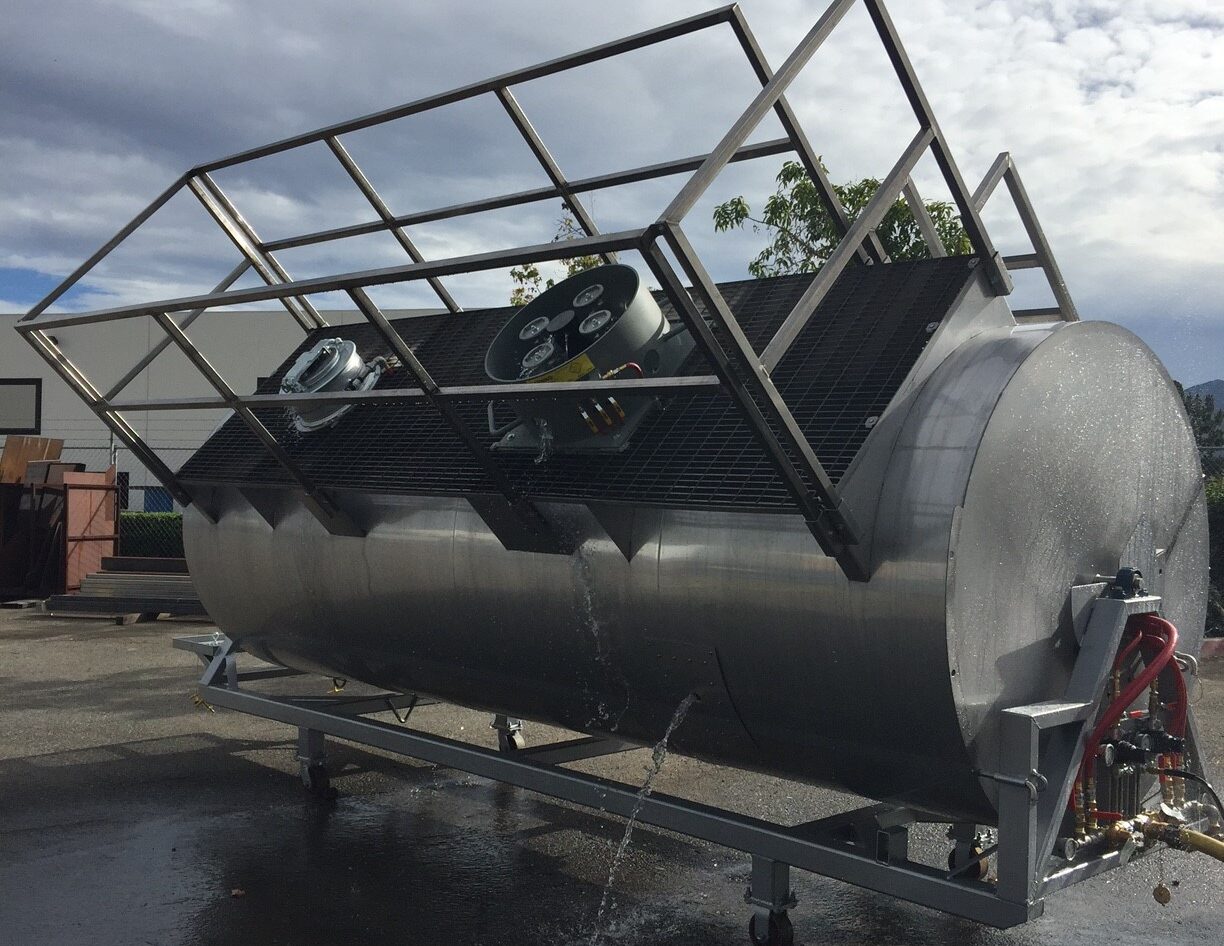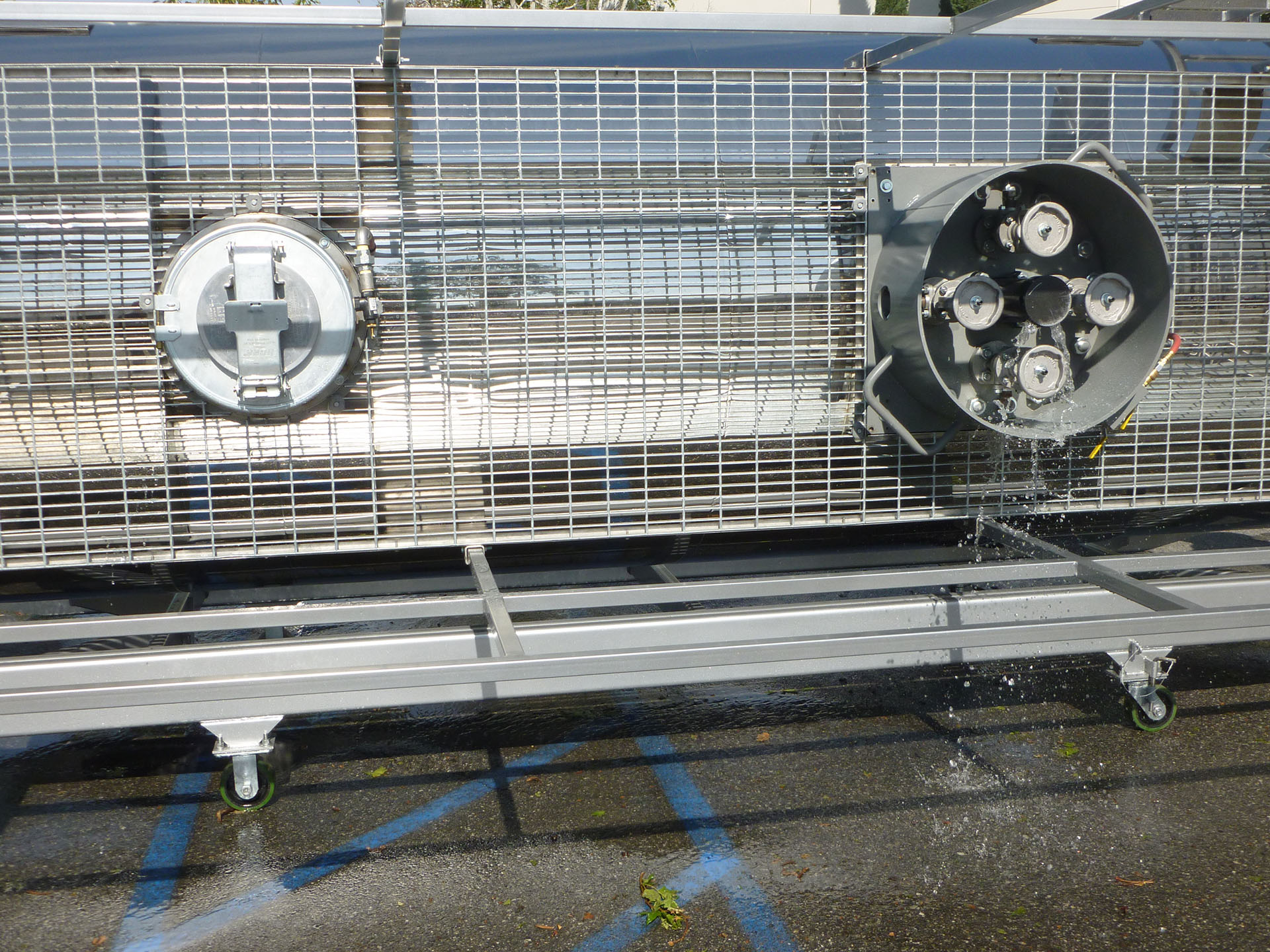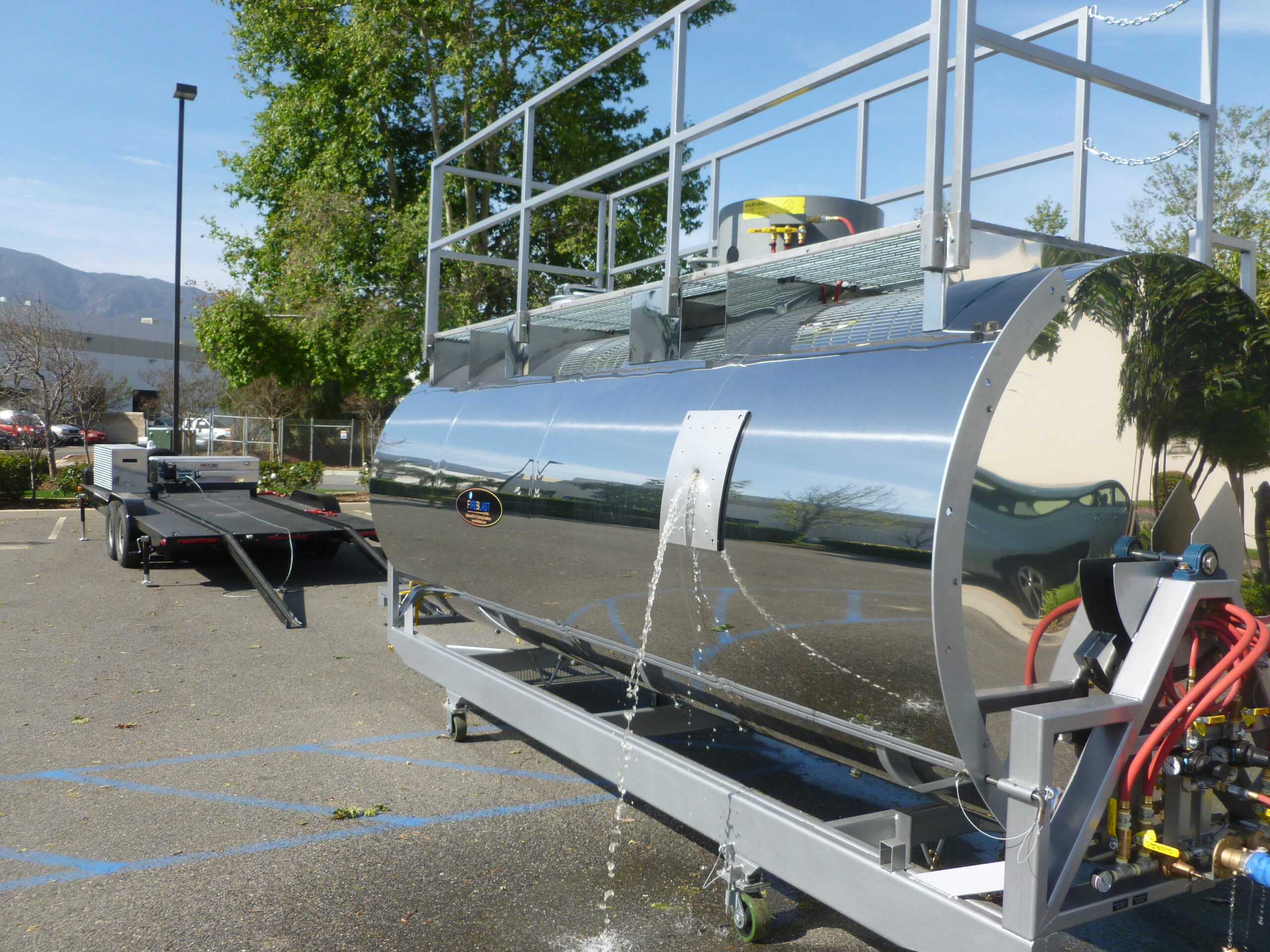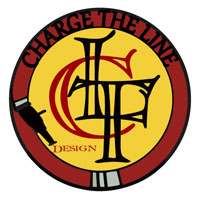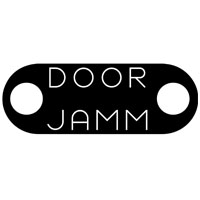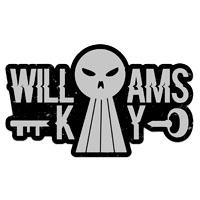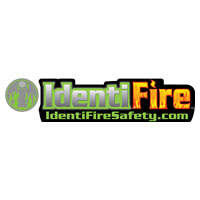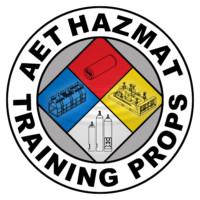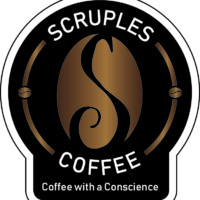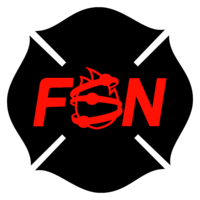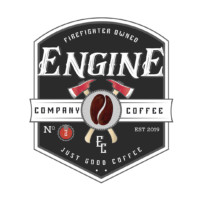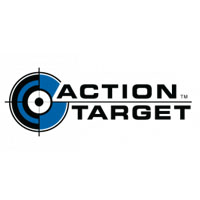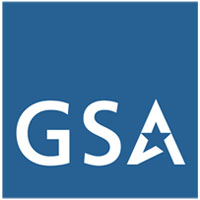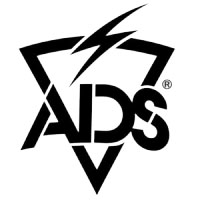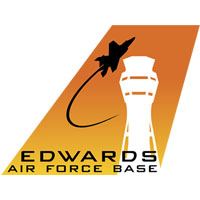I have had the opportunity to field and use several brands of prop systems both static and mobile. Fireblast products are simple to fire and easy to troubleshoot. My favorite feature, which fortunately we have not had to use to date, is the ability to transfer the pilot housing from one prop to another with relative ease. That capability ensures very little interruption in training and no need to redirect training due to a failed prop.
All the operational systems have straightforward safety checks and the startup procedures are relatively fast compared to other props I have used. They require no specialty gas, other than a small propane bottle to check the LEL limits and the Thermocouples.
The multiple smoke generators are well-placed, easy to use and provide more than adequate smoke for realistic training. They are not only for firefighters, but our law enforcement agencies use them frequently to simulate low visibility scenarios, such as tactical smoke and teargas.
The ability to maneuver the vehicle prop to various locations enables firefighters to recreate complicated scenarios. Whether the vehicle is in a garage, against another prop, or simply in the parking lot, the ability to let our scenario imagination run helps us avoid static training. The same holds true for all the mobile props which are easy to set up and fire consistently with enough flame and heat to challenge firefighters from the newest recruits to the well-seasoned veteran.
The favorite prop of every firefighter that has been through our training field is the overhead “flashover props”. It provides great flame travel and reinforces the need to check conditions overhead.
Fireblast props provide a robust burn and the ability to set up multiple scenarios to create a very realistic fire situation. I would recommend their products to any fire department, whether they are looking to buy new or simply need to upgrade their current props.
